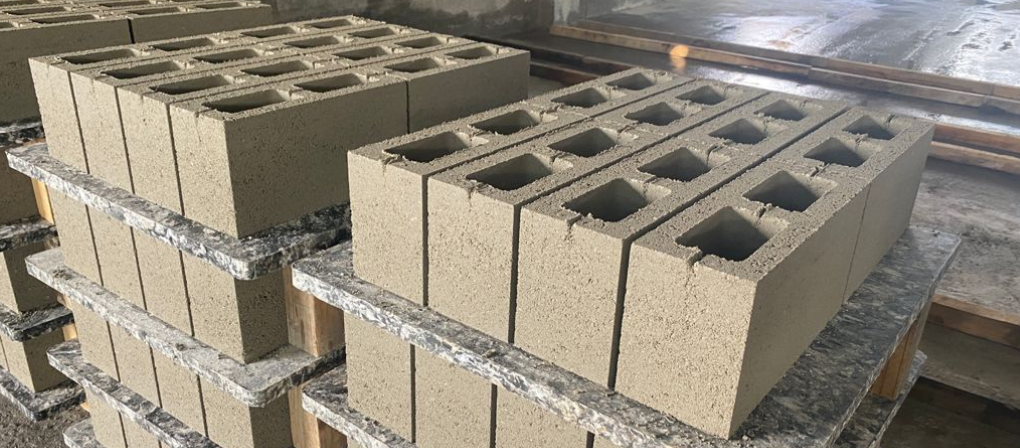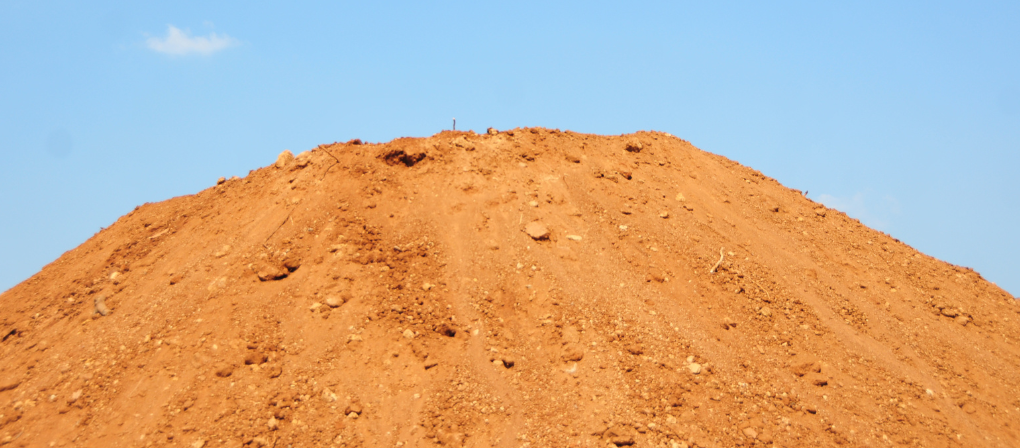Building in Gansbaai and the greater Overstrand? Choosing the right concrete block is one of the quickest ways to boost strength, speed up build time, and keep costs under control—especially in coastal conditions. Here’s a practical guide to block sizes, best uses, pricing factors, and when to choose alternatives like lintels and pavers.
What is a concrete block and why it matters
Concrete blocks (also called CMUs) are precast units made from cement and aggregates. Their benefits are hard to beat:
- Structural strength and durability for exterior and load-bearing walls
- Consistent sizing for faster, straighter builds
- Cost-effective compared to many alternatives
- Works well with coastal-friendly finishes and waterproofing
Popular sizes and where they fit best
In the Overberg, two sizes cover most residential and light commercial builds:
- 390 x 140 x 190 mm: Ideal for internal walls, partitioning, and non-critical structural applications where you still want rigidity.
- 390 x 190 x 190 mm: The go-to for external and load-bearing walls, boundary walls, and areas that need extra strength.
Tip: Pair your block choice with the right mortar mix and brickforce/weldmesh for increased stability, especially in high-wind, coastal zones.
When to use concrete lintels instead of blocks
Lintels are reinforced beams installed over openings (doors, windows) to transfer loads safely. Precast concrete lintels offer:
- High strength and rigidity for spanning door/window openings
- Fire and corrosion resistance—great for coastal regions
- Lower cost compared to steel in many cases
Common, fast-moving sizes include 110 x 1200 mm and 110 x 2100 mm. Your installer can cut and fit finishes around these sizes with minimal waste.
Pavers for outdoor surfaces: durable, replaceable, smart
Concrete pavers are dense, strong, and designed for movement without cracking—perfect for driveways, patios, walkways, and pool surrounds. Popular colours locally include tan, red, charcoal, and grey in 190 x 100 x 50 mm formats. If a unit chips, you replace a single paver instead of redoing a whole slab—saving time and budget.
What affects the price of concrete blocks?
- Size and density: Larger, higher-density blocks cost more but carry more load.
- Quantity: Bulk orders usually unlock sharper pricing and delivery efficiencies.
- Cement market: Cement pricing influences block costs—watch monthly promotions.
- Delivery distance and access: Site accessibility and trip distance impact delivery fees.
Coastal build tips: make your walls last longer
- Use quality cement and correct mixes for consistent bonds.
- Add damp-proofing and correct flashing around openings.
- Specify waterproofing systems on exposed walls and parapets.
- Consider breathable, coastal-grade exterior paints for longevity.
- Ensure proper fall on paving and drainage to keep water away from foundations.
Essential accessories you’ll likely need
- Cement and premixes (for laying and plastering)
- Brickforce/weldmesh and reinforcing bars
- Waterproofing compounds and damp-proof courses
- Plaster sand, building sand, and stone (deliveries available)
- Door and window frames (timber, aluminium, steel)
- Gutters and water tanks to manage rainwater runoff
- Paints and coatings for exterior protection
Why buy local in Gansbaai
- Faster deliveries to Gansbaai, De Kelders, Kleinbaai, Stanford, and Hermanus
- Local expertise on coastal building best practices
- Stock on the ground: blocks, lintels, pavers, cement, roofing, timber, and more
- One-stop solution for quotes, quantities, and site deliveries
How to order concrete blocks, lintels, and pavers today
- Request a fast quote with your quantities and site address
- Ask for delivery scheduling and offloading options
- Add matching materials (cement, brickforce, waterproofing) to avoid delays
- Check monthly promotions to stretch your budget further

